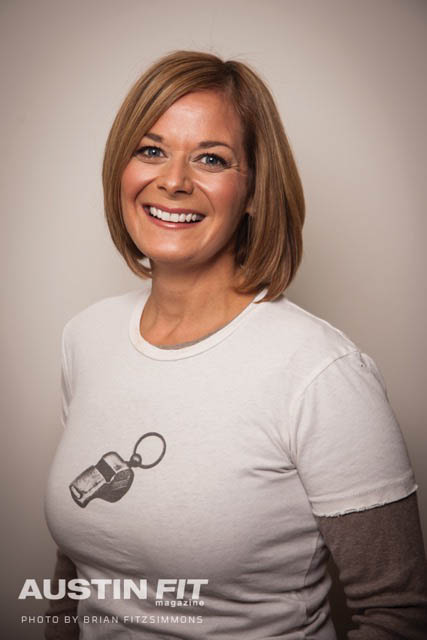Terrain and Elevation of the Event
Much like the goal of your ride or race determines your cadence efforts, the terrain and elevation of the course also plays a large role in determining how you will ride it. For example, if you're racing on a flat course, your cadence won't necessarily change much throughout the event, so you'll likely want to settle in to a higher cadence steady-state effort, especially if you're in a triathlon and have a long run after the ride. If the course is hilly, however, your cadence will vary throughout. The goal then becomes finessing your gears so your heart rate doesn't spike too much during the race (unless you're going for the win!). You want to minimize those energy expenditures or "burning the matches," as coaches say.
Equipment
Components such as your bike fit, crank length and cassette ratio can all have an impact on your cadence and therefore your efforts to make significant improvements. Visit a bike shop or set up an appointment with a certified bike fitter, like Green, who can visually assess your equipment and physiological limiters. It also gives you a chance to talk about your goals and races in depth. This conversation will go a long way in determining the proper set up that will enable you to have the best shot at maximizing your potential with both your cardiovascular and muscular systems.
Train Both Systems
The bottom line, says Green, is that there is no "one size fits all" for each rider because there are simply too many variables that factor into your ride or race. However, you want to train both your muscular and cardiovascular systems by doing sessions that include both High RPM work and lower big gear work. Both should be uncomfortable as you are working the extremes. However, by working both ends of the spectrum, you'll soon discover your own sweet spot that falls in between.


